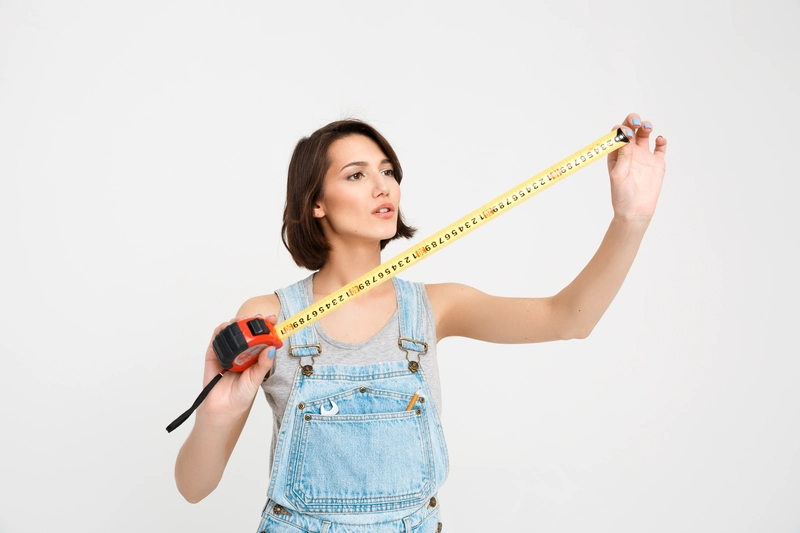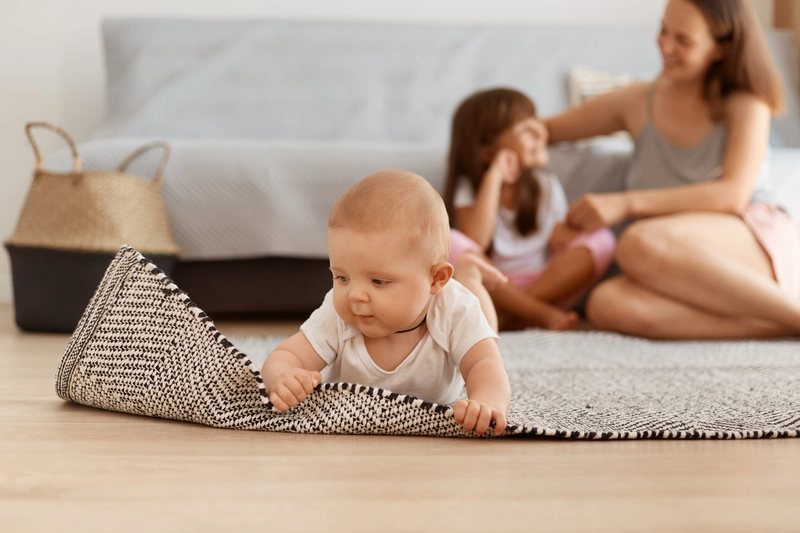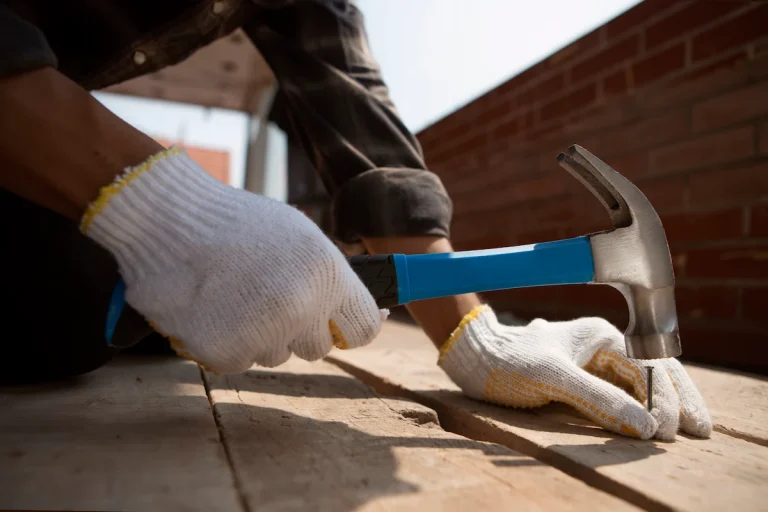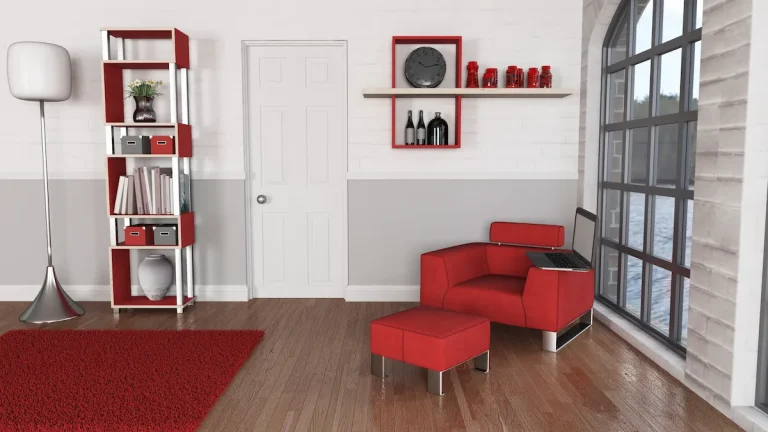Are you planning to install a new carpet in your home but unsure about the measurements? Understanding how to measure carpets for rooms is crucial to ensure a perfect fit and avoid costly mistakes.
In this comprehensive guide, we will explore the importance of accurate carpet measurement, the tools needed for the task, and a step-by-step process to measure your space effectively.
We will provide tips for precise measurements, common mistakes to avoid, and how to convert square feet to square yards for carpet calculations. Stay tuned for expert advice on achieving flawless carpet installation!
Understanding Carpet Measurement
Carpet measurement is the process of determining the dimensions of a room or space to ensure that the carpet you purchase from a retailer will fit perfectly, covering the desired areas without any excess or shortage.
Accurate measurements are crucial as they determine the amount of carpet needed for the space, leading to a successful installation. Various tools are utilised in the process, such as tape measures, laser measures, and even digital apps for precise readings.
These tools help in capturing the length and width of the area, considering any alcoves or irregular shapes that could impact the required carpet dimensions. By obtaining precise measurements, you can avoid purchasing insufficient material or wastage, ultimately saving time and money.
Why Is Accurate Carpet Measurement Important?
Accurate carpet measurement is crucial because it ensures that the total price you pay for the carpet is based on precise dimensions, ultimately leading to a better fit and finish as executed by a professional carpet fitter.
When measurements are precise, the chances of errors during installation decrease significantly. This not only saves you time but also money that would otherwise be spent on rectifying mistakes or excess material.
The aesthetic appeal of your space is greatly enhanced by a carpet that fits perfectly, creating a seamless and polished look. On the contrary, inaccurate measurements can result in frustrations, delays, and additional costs, leading to a subpar final result that fails to meet your expectations.
It’s imperative to prioritise accuracy in carpet measurements to avoid these undesirable consequences.
Carpet Measurement Tools
To measure carpet accurately, you’ll need a few essential tools such as a tape measure, a laser measuring tool for precision, and a notepad to record your measurements.
Regarding carpet measurement, a tape measure is a fundamental tool that helps in determining the length and width of the area. It is convenient for smaller spaces and offers a quick way to get basic measurements. For more precise and efficient measurements, a laser measuring tool is highly recommended. This advanced tool emits a laser beam to accurately calculate distances and dimensions, providing error-free results.
One of the key advantages of using a laser measuring tool is its high level of precision. Unlike traditional tape measures, which may be prone to human error and variations in reading, a laser tool ensures consistent and accurate measurements. These tools often come with features such as memory storage and digital displays, making it easier to record and track measurements.
Step-by-Step Guide on How to Measure Carpet
How do you measure carpets? This step-by-step guide on how to measure carpet will walk you through the necessary steps to ensure you get accurate measurements for your room, covering everything from preparing the area to dealing with obstacles.
1. Prepare the Area for Measurement
Before you begin measuring, ensure the room is free of furniture and other items that could obstruct the process, making it easier to take accurate measurements for your carpet.
Clearing the space of any obstacles not only streamlines the measurement process but also minimises the chances of errors in your calculations. The elimination of clutter allows you to move freely around the room, ensuring that your measurements are precise and reflect the true dimensions of the area. By creating a clean and unobstructed environment, you set yourself up for success when it comes to accurately determining the amount of carpet needed for the space.
2. Measure the Length of the Room
To measure the length of the room, place your tape measure or laser tool at one end of the room and extend it to the opposite wall, noting down the measurement.
When measuring, ensure that the tape measure is level and doesn’t sag to get accurate results. If using a laser tool, make sure it is positioned correctly and reflects accurately. Watch out for any obstacles that may skew your measurement, like furniture or protruding mouldings.
Measuring twice and averaging out the results can help mitigate any errors due to imperfect walls or uneven surfaces.
3. Measure the Width of the Room
Next, measure the width of the room by placing your tape measure or laser tool at one side and extending it to the opposite side, recording the measurement.
To ensure accuracy, make sure the tape measure is held straight along the walls, avoiding any slants that could lead to incorrect measurements. It’s crucial to keep the tool level to get precise results. A useful tip is to verify the width at various points of the room to double-check for any discrepancies that might affect the final measurements. Maintaining a straight and level tool is essential for obtaining reliable width measurements, especially in areas with intricate details like door frames or corners that could impact the accuracy of the reading.
4. Calculate the Square Footage of the Room
To calculate the square footage of the room, multiply the length by the width of the room, giving you the total area that needs to be covered by the carpet.
This step is crucial in determining the amount of carpet required for the room, as carpet is often sold by the square foot. For example, if a room is 10 feet long and 12 feet wide, the calculation would be 10 (length) x 12 (width) = 120 square feet. This means you would need 120 square feet of carpet to cover the entire floor area of that room.
5. Consider Any Obstacles or Irregularities
When measuring your room for carpet, it’s essential to account for any obstacles or irregularities such as alcoves, stairs, and door frames that may affect the total measurements.
Measuring around obstacles and irregular areas requires a bit of strategy to ensure accuracy in your calculations. One useful tip is to use a flexible tape measure that can bend around corners and curves smoothly. To get precise measurements, it’s recommended to measure both the length and width of the room at multiple points, especially around obstacles.
Don’t forget to add a bit of extra measurement for underlay and adjustments, as you may need to trim the carpet to fit correctly. It’s better to have more carpet than needed than not enough, as you can always trim off the excess later on.
Tips for Accurate Carpet Measurement
These tips for accurate carpet measurement will help ensure that your final measurements are precise, leading to a better fit and overall appearance of your carpet.
Tip 1: Measure Twice to Ensure Accuracy
To ensure accuracy, always measure twice—once to get the initial measurement and a second time to confirm it, reducing the risk of errors in your carpet measurement.
Double-checking measurements is crucial in various aspects of life, not just in carpeting. For instance, in baking, a slight error in measuring ingredients can result in a completely different outcome. Picture adding a tablespoon of salt instead of a teaspoon!
This simple precaution can also save time and resources by avoiding re-work. Imagine cutting a piece of wood to the wrong size on a DIY project; it can lead to extra trips to the shop and unnecessary expenses.
Tip 2: Use a Laser Measuring Tool for Precision
Using a laser measuring tool can significantly enhance the precision of your carpet measurements, helping you achieve accurate results quickly and easily.
Eliminating human error: One of the advantages of laser measuring tools is that they remove the potential for human error that traditional tape measures pose. With a laser tool, you simply point and click, reducing the risk of inaccurate readings due to manual mistakes.
Efficiency in measuring: Laser measuring tools enable a single person to take measurements without requiring someone to hold the other end of the tape measure. This streamlines the process, making it faster and more efficient.
Adaptable in various conditions: Unlike tape measures that can be affected by bending or stretching, laser measuring devices provide accurate readings regardless of environmental obstacles, ensuring consistent results.
Tip 3: Take into account doorways and cupboards
Make sure to account for doorways and cupboards when measuring for carpet, as these areas require precise measurement to ensure a seamless fit.
When measuring for carpet, remember that doorways should be measured from the inside edges, considering the width of the door itself to prevent any potential gaps. Similarly, when measuring carpet for a cupboard, it’s crucial to measure the dimensions accurately, including any irregularities like angled walls or protruding mouldings.
For precise measurements around these obstacles, it’s beneficial to use a flexible tape measure that can bend easily around corners. Always double-check measurements to avoid costly mistakes and ensure the carpet fits perfectly around doorways and cupboards.
The Common Mistakes When Measuring Carpet
Avoiding common mistakes when measuring carpet can save you time, money, and frustration, leading to a better overall fit and finish.
One common mistake people make is underestimating the amount of carpet needed for a room. This can result in not having enough carpet to properly cover the area. To avoid this, always measure the length and width of the room accurately then add a 10-15% buffer to account for any irregularities or wastage during installation.
Another error is forgetting to account for doors and other obstacles. When measuring, remember to measure around doorways, cupboards, and any other protruding structures in the room. It’s essential to include these areas to ensure a seamless carpet installation.
How to Convert Square Feet to Square Yards for Carpet Measurements
To convert square feet to square yards for carpet measurements, divide the total square footage by nine, as there are nine square feet in a square yard.
When you have the total square footage of your carpet area, you can easily calculate it in square yards by simply dividing by nine. This conversion is necessary because suppliers often sell carpet by square yard, so understanding this conversion helps you estimate the amount of carpet you need accurately.

See product: Abingdon Ultra Flamingo
Are you considering using carpet for your living room, stairs, or the other room in your living space? Visit TEKA Flooring now!
With our extensive selection of high-quality carpets, exceptional customer service, and expert installation, we ensure your flooring project exceeds expectations. Transform your space with the perfect carpet from TEKA Flooring—where quality and satisfaction are our top priorities.
Read also:

































